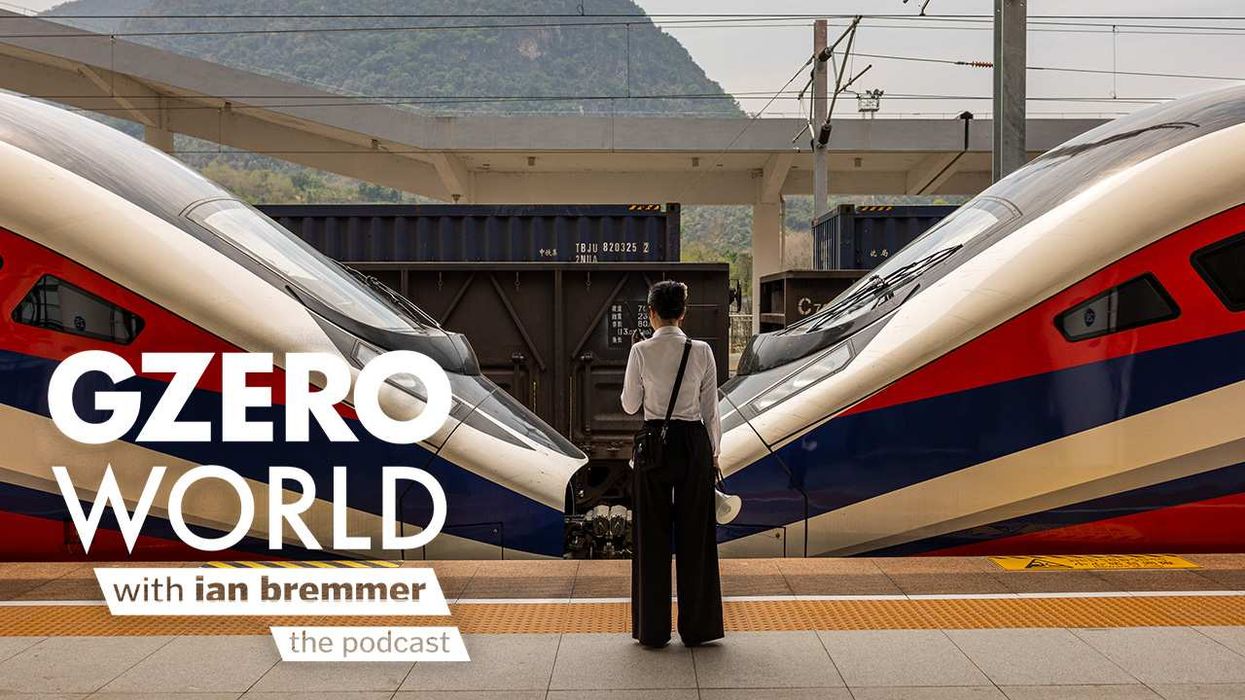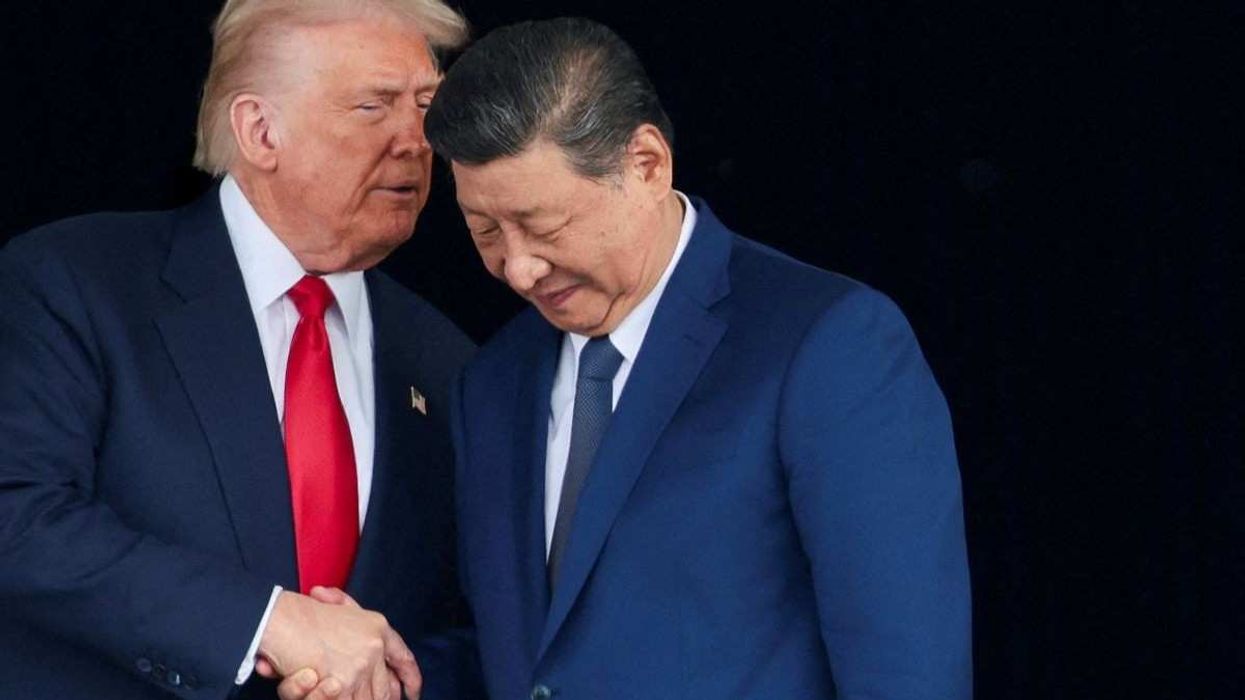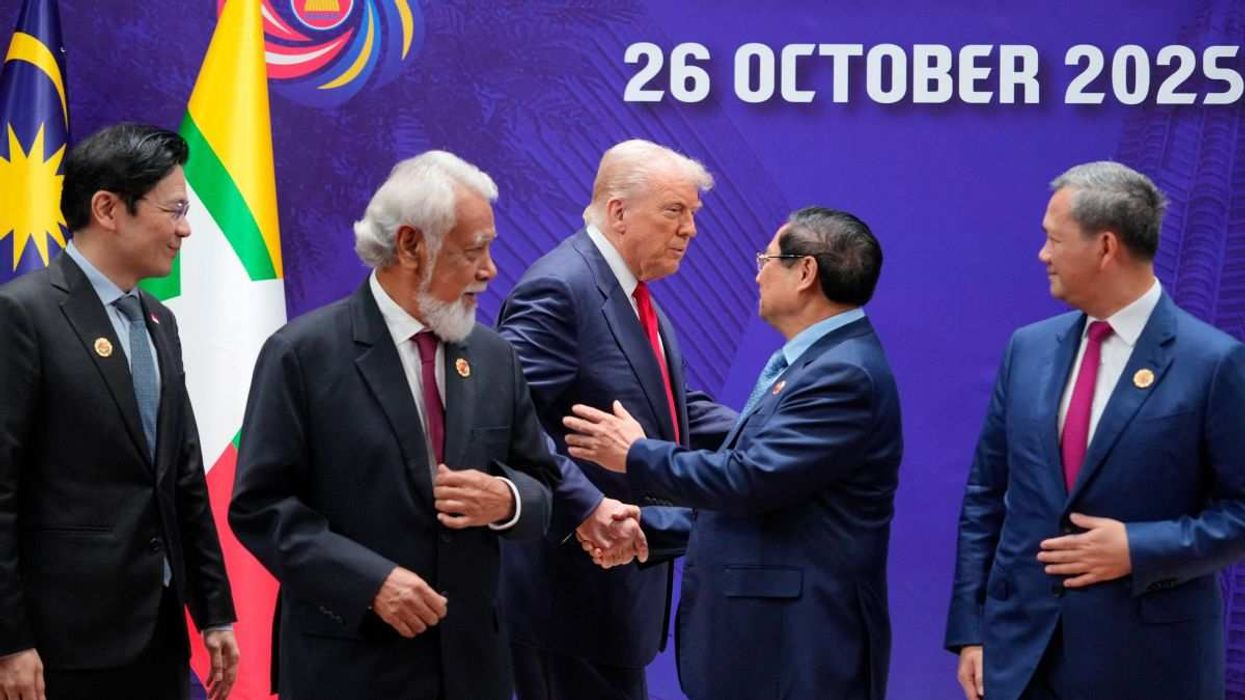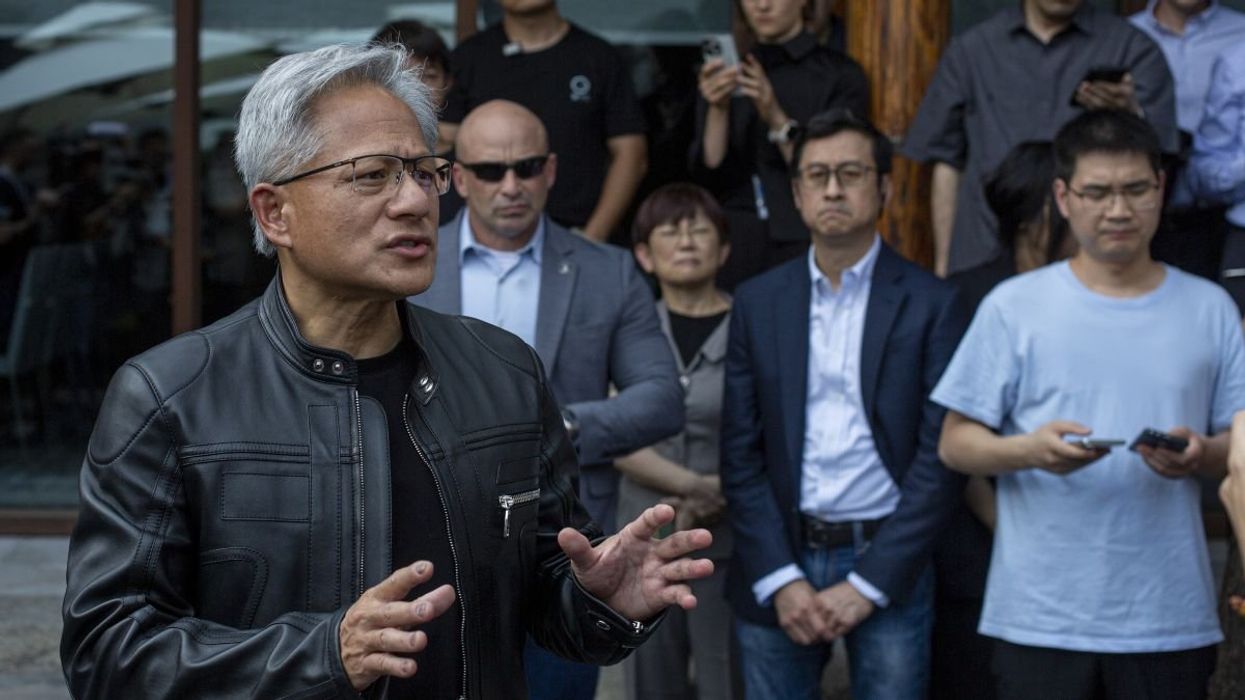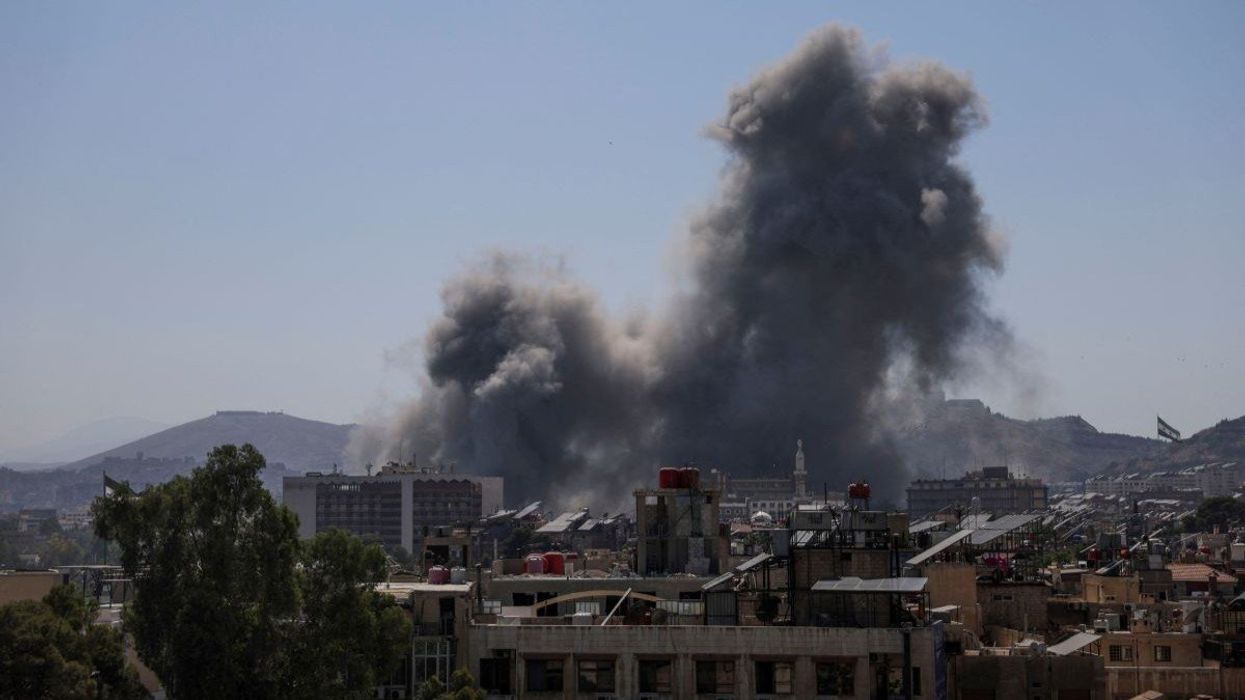GZERO World with Ian Bremmer Podcast
China has become an "engineering state," with Dan Wang
Author and tech analyst Dan Wang joins Ian Bremmer on the GZERO World Podcast to talk about the similarities between the US and China, and what Washington can learn from Beijing’s race to build the future.
Nov 08, 2025
